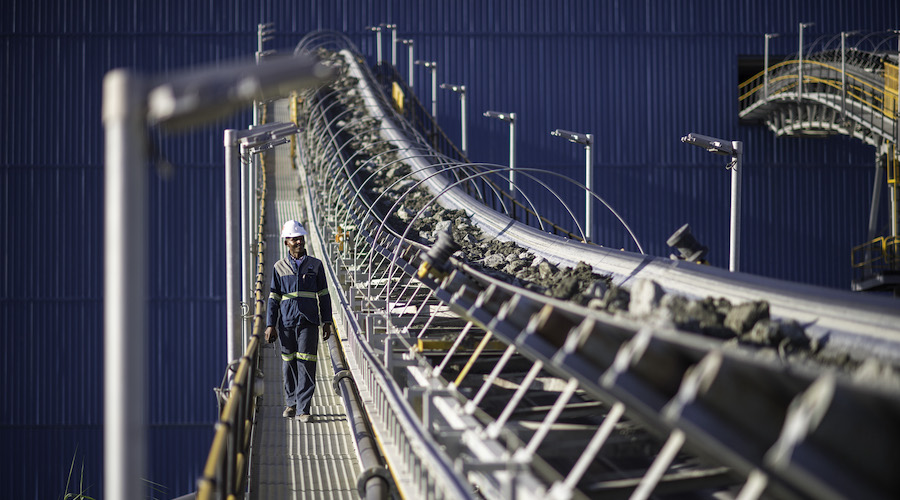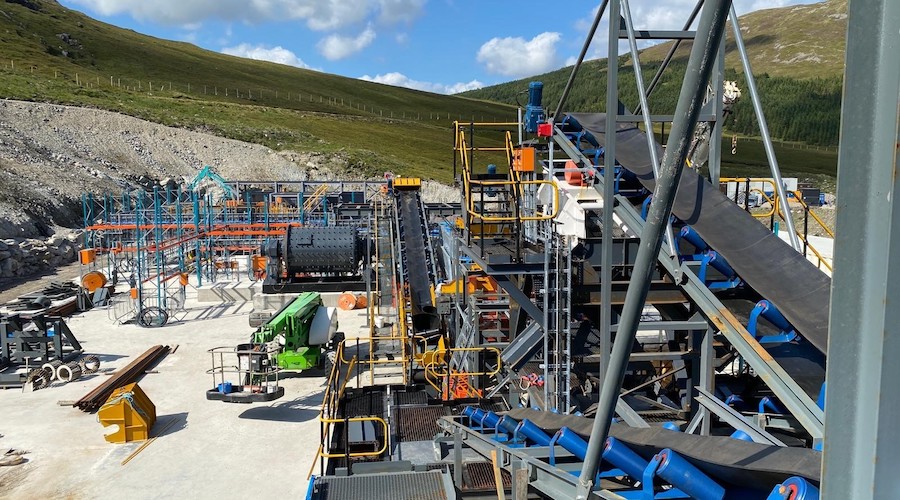Petra Diamonds to pay dividends after three-year turnaround


Revenue reached $585 million in fiscal year 2022, a 44% increase from last year.
The company attributed the results and its decision to resume dividends payment to the restart of its Williamson mine in Tanzania and a 41.5% increase in like-for-like diamond prices.
The recovery of exceptional stones, particularly at its iconic Cullinan mine in South Africa, also weighed on the outcome, Petra said.
The dividend policy is effective from July, with first consideration of a payout being made at the interim stage of its current 2023 financial year. It may decide to pay a special dividend “in a year where Petra generates windfall earnings,” it said.
The diamond miner completed last year a three-year restructuring that saw it putting itself up for sale, but it reversed the decision later and opted instead for selling stakes in its mines.
The company is currently exploring options for its loss making Koffiefontein mine, located in South Africa’s Free State province.
Strong market conditions
Prices in some corners of the rough-diamond market continue to climb, as sanctions on Russia’s Alrosa, one of the world’s two biggest diamond miners, ripple through the supply chain. In the past, the industry could turn to De Beers to mine out extra gems when supply ran tight — but not this time.
The Anglo American unit currently carries only working inventory stocks and its mines are running at full tilt.
Analysts believe there is a very small chance of significant supply increases before 2024, which is when an expansion at its Venetia mine in South Africa will be completed.
Petra shares this vision. While it sees strength in the diamond market, it noted that macroeconomic uncertainties caused by the rise in inflation were a potential dampener of demand.
“Growth in demand was driven by mid-stream inventory restocking and continued strong jewellery retail sales associated with a delayed wedding boom and a growing trend in diamonds being given as meaningful gifts post covid-19,” Petra said.
Global supply is expected to remain broadly flat for the next ten years at between 115 and 125 million carats. This is driven by the reduction in the number of producing mines, the long lead-times for open-pit mines to transition to underground mining, as well as the limited investment in exploration.
Given that less than 1% of kimberlites discovered are economic, Petra said it did not expect this to change in the medium term.
This post has been syndicated from a third-party source. View the original article here.



